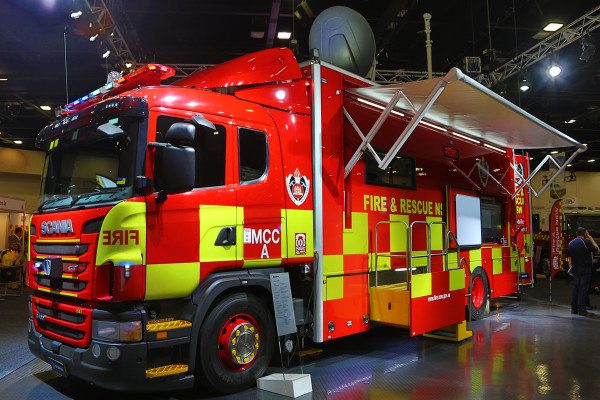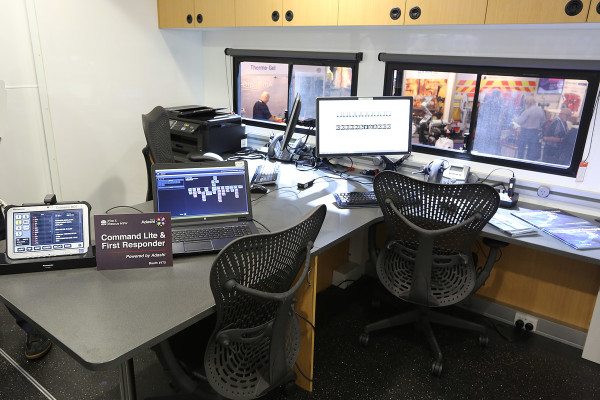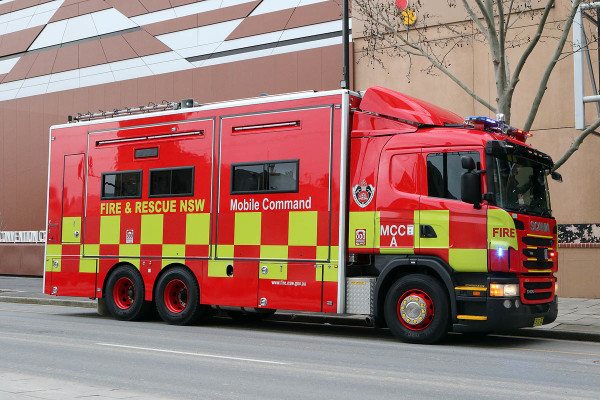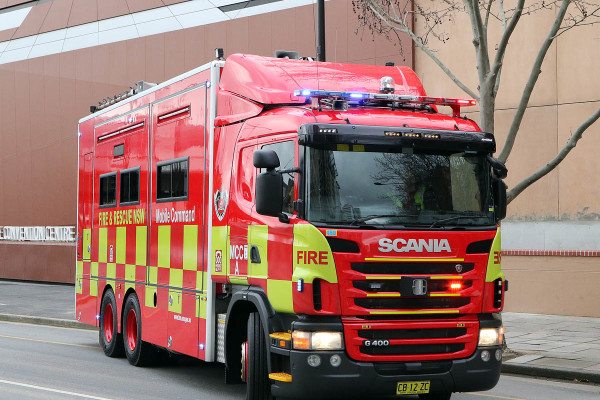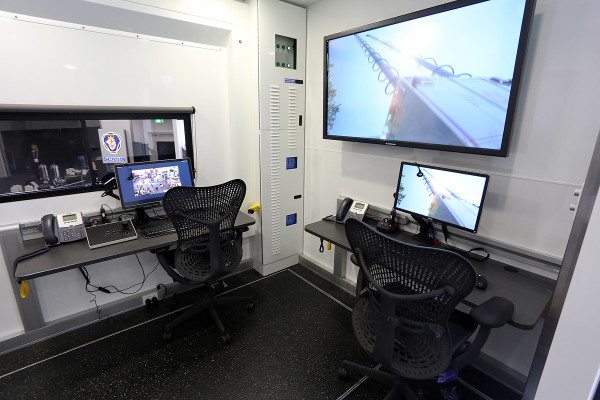The two new mobile command centres for FRSNSW will be used for on-scene or nearby management of major incidents such as bushfires, flooding and more, and will be an information and decision making hub.
Equipment on-board includes satellite connectivity to deliver full access to a range of communications including in areas where no terrestrial coverage exists or has been compromised, a mast mounted optical camera enabling an enhanced view of an incident ground for improved decision-making and room on-board for 6 operators to manage incidents in fully air conditioned, high-tech environment.
All of this will be operated from our instantly familiar, Digital Dashboard Management Interface (DDMI). It combines all systems into one interface allowing operational personnel to control, monitor and analyse every aspect of incident response from one place – with no IT expertise required.
“Our experience of Excelerate throughout the project has been fantastic. They have developed complex technologies to be easy-to-use by fire fighters and operational commanders and nothing has been too difficult or too much trouble for them.
They have been agile when putting into practice what we have asked, even re-configuring and re-developing some of our ‘push to talk’ requirements through their unique DDMI user interface where we have made requests one day which they have implemented overnight to be available and operational the next day.
The feedback from other services around Australia when seeing the first of our new generation command vehicles at AFAC 2015 (in Adelaide) has been extremely positive”
Graham Tait, System Officer Operational Communications for Fire & Rescue New South Wales.

For more information about how our technology is being used to support Fire and Rescue Services in Australia read the Victoria Country Fire Authority case study

